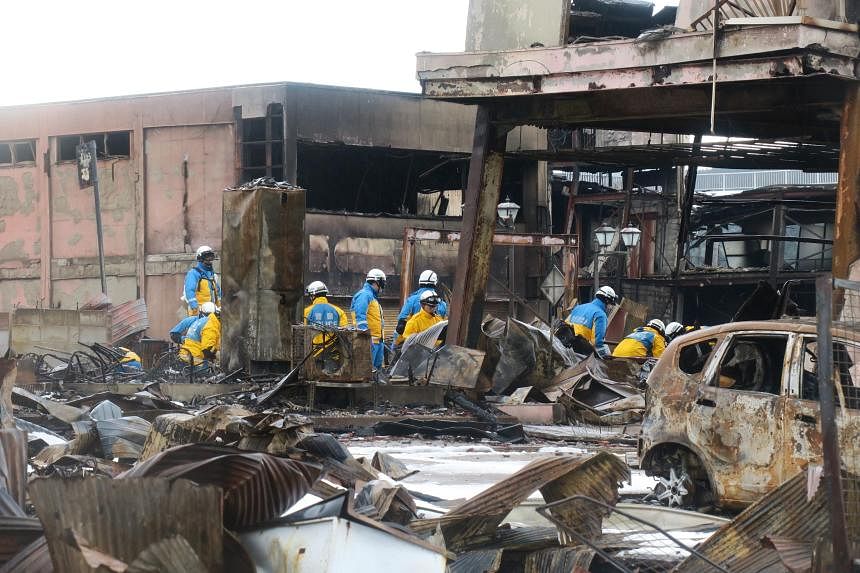WAJIMA, Ishikawa – Mr Kazuhiro Saka’s mind went a complete blank as he witnessed images of the devastation wrought by a New Year’s Day earthquake in his home town Wajima, unable to concentrate on quality time with his family in Tokyo.
While he works as a consumer consultant and lives with his wife and three children in the Japanese capital, he was born and raised in Wajima’s Kuroshima neighbourhood.
Kuroshima is designated a historically important cultural district for its distinctive wooden buildings and black tiled roofs that date, architecturally, to the Edo era (1603 to 1868).
Many of these were levelled by the magnitude-7.6 tremor that struck at 4.10pm on Japan’s most important festive holiday. Its strength, at the maximum of seven on Japan’s shindo earthquake intensity scale, caught even seismologists by surprise.
Experts have said that the Noto Peninsula quake, which struck in an area of geographical remoteness, was triggered by faults that had been dormant for 4,000 years until recently, with the big one preceded by “swarm activity” of small quakes since the end of 2020.
Since Jan 1, at least 1,200 aftershocks have been registered. Wajima shifted 2m south-west because of crustal deformations, with an uplift of as much as 4m in parts of the city.
Mr Saka, shocked by the extent of damage and harbouring a sense of survivor’s guilt, knew immediately he wanted to return home as a volunteer. The 44-year-old broke down in tears when asked by The Straits Times what the city meant to him.
“I’m really sorry,” he said in apology for losing his composure.
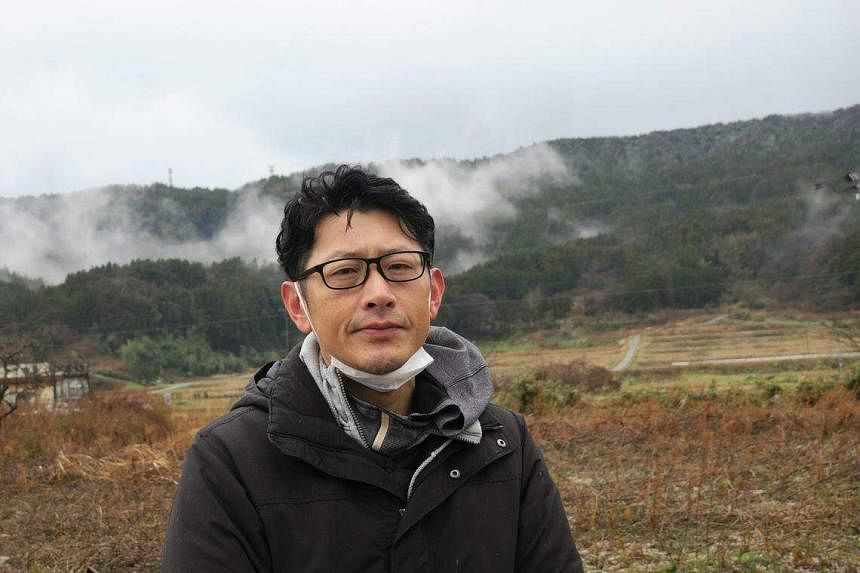
Several of his childhood friends had died. “It’s really painful. This is a very special place to me, with really deep community ties and special connections,” he said.
His grief is palpable as the death toll continues to mount across Ishikawa prefecture.
Over in the neighbouring town of Anamizu, a man who could not join his family for a New Year’s gathering because of work lost all 10 of his family members to a landslide.
Rescuers are racing against time to bring aid relief to the hardest-hit areas and limit the extent of quake-related deaths, with limited road access having posed a huge logistical challenge.
The death toll from the quake stood at 220 people as at Jan 13, including 13 who died of other quake-related causes, across Ishikawa. At least 1,014 were injured, while another 26 were missing.
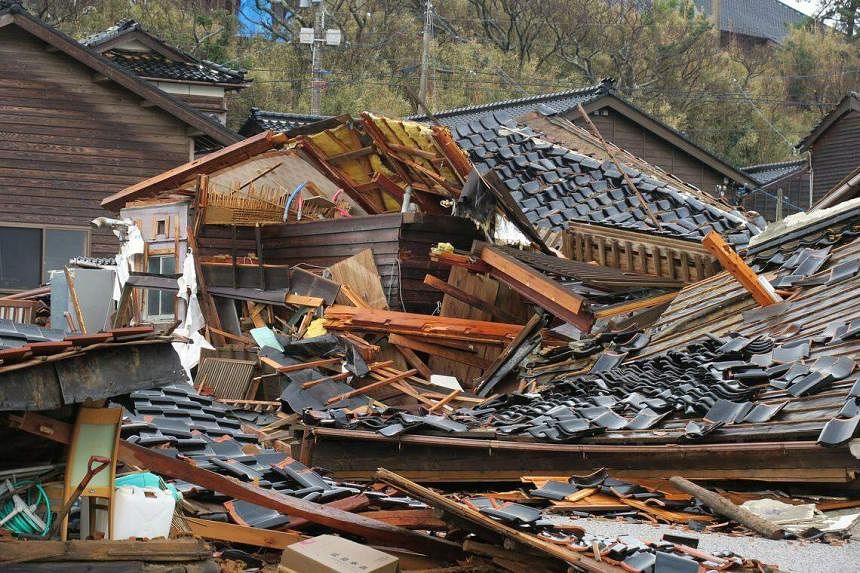
In Wajima, 88 people have died, while 22 remain missing. At least 482 were injured.
Nearly 10,000 residents in Wajima, which had a population of 23,192 as at December, are scattered across 150 evacuation centres, where there is limited food and water. There is no electricity, while communication networks are patchy at best and non-existent at worst.
The city’s mountainous terrain means at least 1,616 people are hard to reach, as they live in hamlets that have been cut off by landslides and can be accessed only by hours-long treks or helicopter.
Wajima sustained such heavy devastation – including a seven-storey building that toppled onto its side – that the local authorities still do not have a count of how many buildings were damaged in the disaster.
It is known for its 1,000-year-old Asaichi morning market, which was completely razed to the ground in a blaze that broke out after the quake. The tradition of lacquerware production has also been badly hit, with many wrecked ateliers across the city.
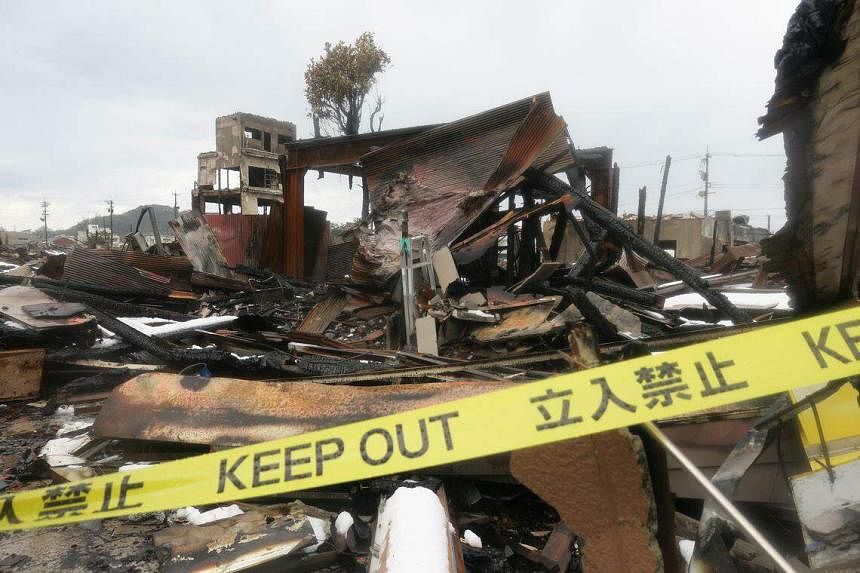
Prime Minister Fumio Kishida is taking the heat for his disaster response, appearing to have been caught on the back foot by the extent of the damage and initially refusing to accept any help from foreign countries apart from Japan’s ally, the United States.
He mobilised just 1,000 military Self-Defence Forces (SDF) personnel on the day of the quake – far fewer than in past comparable disasters – with the government judging that air and sea access was difficult due to the rough terrain and waters.
Now, despite multiple landslides and heavy snowfall blanketing the area, the transport of relief supplies by air and sea has begun, with the number of activated SDF personnel rising to 6,300 amid treacherous road conditions.
The SDF has also begun helicopter evacuations of those in isolated hamlets.
Ten days after the quake, Mr Kishida’s government on Jan 11 designated it a “disaster of extreme severity” to unlock larger budget support for the reconstruction process. On Jan 12, Ishikawa prefecture began construction of temporary housing facilities. Mr Kishida, who has been fronting news conferences in disaster relief overalls, is set to make his first visit to the quake-hit region on Jan 14.
The difficult road access meant that relief has been slow to trickle into Wajima, as well as other hard-hit areas like Suzu and Anamizu. Relief vehicles have had to navigate narrow, mountainous roads littered with obstacles such as landslides and gaping crevices, sometimes amid icy conditions and heavy traffic.
A visit by ST to Wajima on Jan 7 took twice as long as what would normally have been a two-hour journey by car from the Ishikawa prefectural capital of Kanazawa.
Despite his urge to help, Mr Saka made it into Wajima only on Jan 4, unable to reach his friends and hampered by uncertainty and a host of difficulties, given the limited access.
“I found myself wondering what I could do, if there was anything that they needed, such as petrol or fuel or generators, that I could bring from Tokyo,” he told ST.
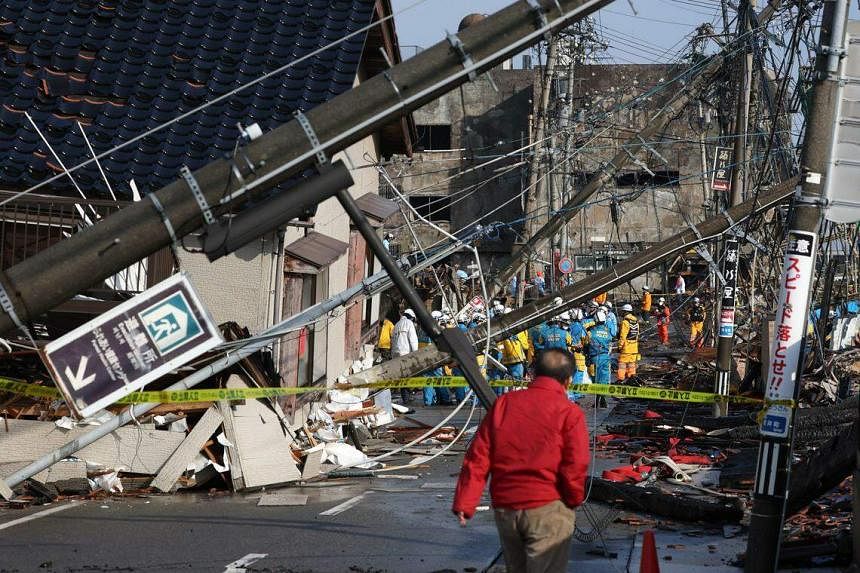
Thankfully, he said, his mother, who lives alone in Wajima, had been spending the festive season with his sister’s extended family in Kanazawa. She was safe, though the home where he was raised had sustained slight damage.
He has taken extended leave from work and now spends his days coordinating operational logistics at the Kuroshima Community Centre evacuation shelter, where portable toilets were installed only on Jan 6 and where food and water remain limited.
Among other things, he has installed red patrol lamps to ward off looting, which has emerged as a major issue since the earthquake. Across Ishikawa, at least 17 people have been arrested since Jan 1; the thieves’ modus operandi is often to masquerade as volunteers.
Mr Saka has found the government’s quake response wanting.
He said: “I want Mr Kishida to make clear and sensible decisions in a timely manner, without too much bureaucracy, and to prioritise lives.”

